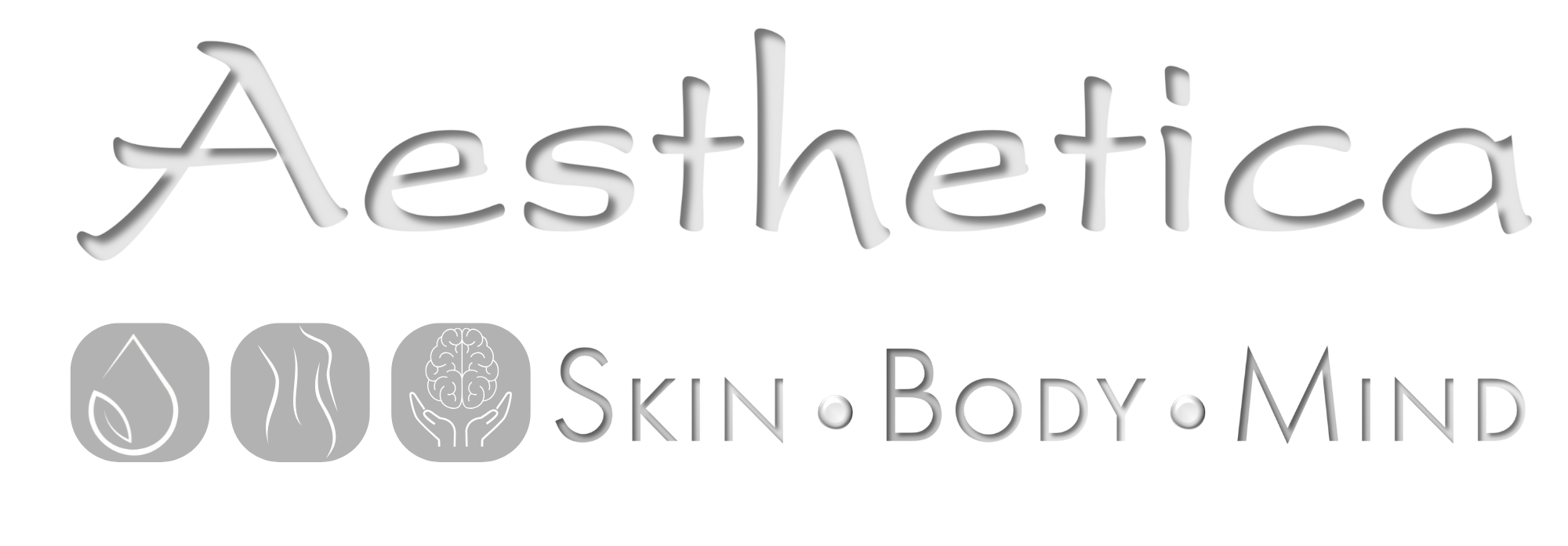Fractionated RF (radiofrequency) Needling is a relatively new technology at Aesthetica Skin Centre and is now used in combination with our other aesthetic treatments. It is the combination of two methods previously used individually for different skin conditions. In particular, Fractionated RF Needling is effective for the improvement in acne and acne scars, skin rejuvenation as well as fine lines and wrinkles on the face. This treatment is also ideal for bodily skin sagging. Fractionated RF Needling is a safe treatment for all skin types, and the treatment has minimal downtime and fewer complications.
References:
Chandrashekar, B. S., Sriram, R., Mysore, R., Bhaskar, S., & Shetty, A. (2014). Evaluation of micro-needling fractional radiofrequency device for treatment of acne scars. Journal of cutaneous and aesthetic surgery, 7(2), 93–97. https://doi.org/10.4103/0974-2077.138328
Lolis, M.S., and Goldberg, D.J., (2012). Radiofrequency in Cosmetic Dermatology: A Review. Dermatol Surg. 38(11), 1765-1776. https://pubmed.ncbi.nlm.nih.gov/22913399/
Majid, I., (2009). Microneedling therapy in atrophic facial scars: an objective assessment. J Cutan, Aesthet Surg. 2(1), 26-30. https://www.ncbi.nlm.nih.gov/pmc/articles/PMC2840919/
